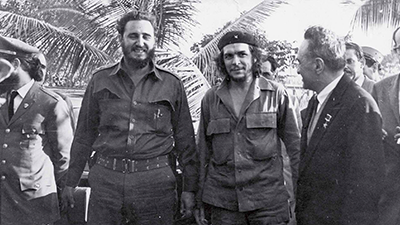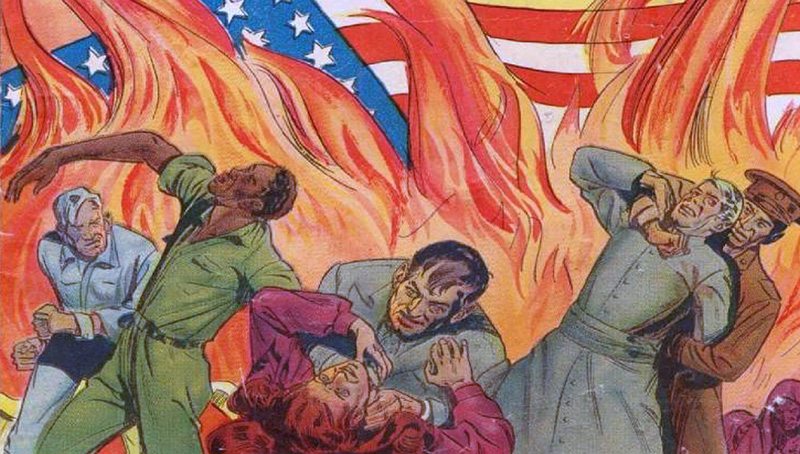The Global Cold War
Teacher Resources
Driving Question: How did the conflict between the US and USSR affect the rest of the world?
From Vietnam to Afghanistan, Chile to Cuba, the Cold War was a global struggle. As the United States and Soviet Union battled for influence, they reshaped global politics and communities far beyond their borders.
Learning Objectives:
- Use evidence to understand how the Cold War spread around the world.
- Practice quick sourcing to evaluate how different individuals and nations responded to Cold War pressures.
- Use the historical thinking practice of CCOT to evaluate the continuities and changes from the Second World War to the Cold War.
Vocab Terms:
- coup
- decolonization
- dependency
- dissident
- ideological
- intervention
- superpower
Opener: The Global Cold War
To teach this lesson step, refer to page 2 of the Lesson 8.3 Teaching Guide.
The Cold War was about many other nations besides the two superpowers. As you get ready to tour the global Cold War, consider the perspective of a smaller nation.
Proxy Wars
To teach this lesson step, refer to page 3 of the Lesson 8.3 Teaching Guide.
Want to see a Gamified “Who is Winning the Cold War?” Read this thread on the Community Forum.
Cold War rivalries played out in many different regions. These materials examine how local conflicts in Asia, Africa, and Latin America were shaped by global alliances, ideologies, and power struggles.
-
Guiding Questions
-
Before you read
Preview the questions below, and then skim the article. Be sure to look at the section headings and any images.
While you read
Look for answers to these questions:
- What caused bloodshed in South Asia in the late 1940s?
- How did the British government respond to the violence in South Asia?
- How did the partition of South Asia affect the Cold War?
- How did the United States try to contain communism in Latin America?
- Why was the United States concerned about the former Belgian Congo?
After you read
Respond to this question: Which course frame—communities, networks, or production and distribution—best helps explain why the Cold War spread worldwide?
Who Won the Cold War?
To teach this lesson step, refer to page 5 of the Lesson 8.3 Teaching Guide.
It’s hard to improve without feedback. Check on your student’s CCOT progress using the CCOT: Feedback Form.
The Cold War didn’t end with a final battle, but with big changes inside the Soviet Union. Trace how communism collapsed and reflect on how the world shifted from the end of World War II until the fall of the USSR.
-
Guiding Questions
-
Before you read
Preview the questions below, and then skim the article. Be sure to look at the section headings and any images.
While you read
Look for answers to these questions:
- How was the Soviet empire different from other European empires?
- How did the Soviet model of empire contribute to its collapse?
- What was Soviet control like in Eastern Europe?
- How did Mikhail Gorbachev attempt to open up, or modernize, Soviet society?
After you read
Respond to this question: Which course frame—communities, networks, or production and distribution—best helps explain why the Cold War ended?
Closer: The Global Cold War
To teach this lesson step, refer to page 9 of the Lesson 8.3 Teaching Guide.
Need a reminder of why we do openers and closers in OER Project lessons? Look no further than the Openers and Closers Guide.
In this lesson, you’ve seen the many ways that the Cold War and decolonization were entangled. Use this closer activity to start pulling the threads apart.






